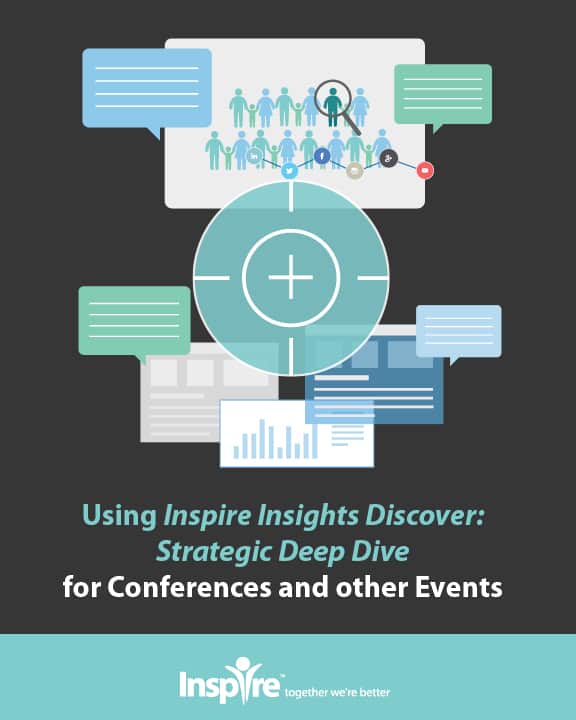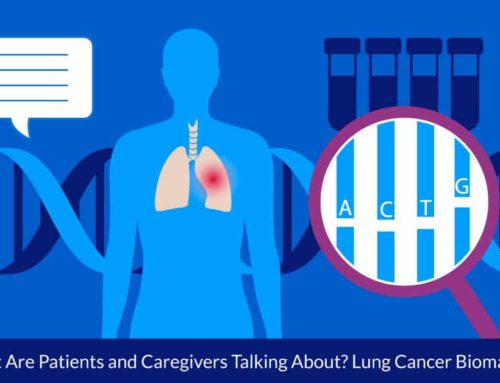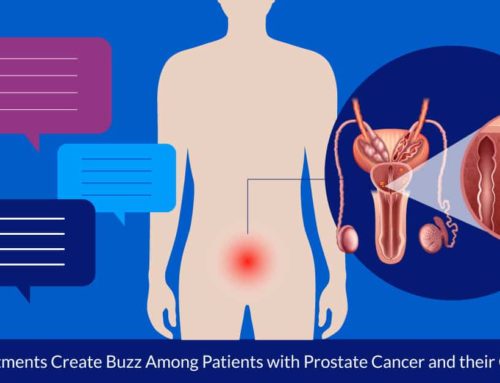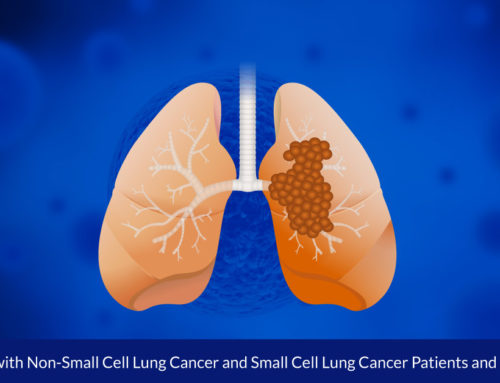How You Can Achieve Patient Focused Drug Development
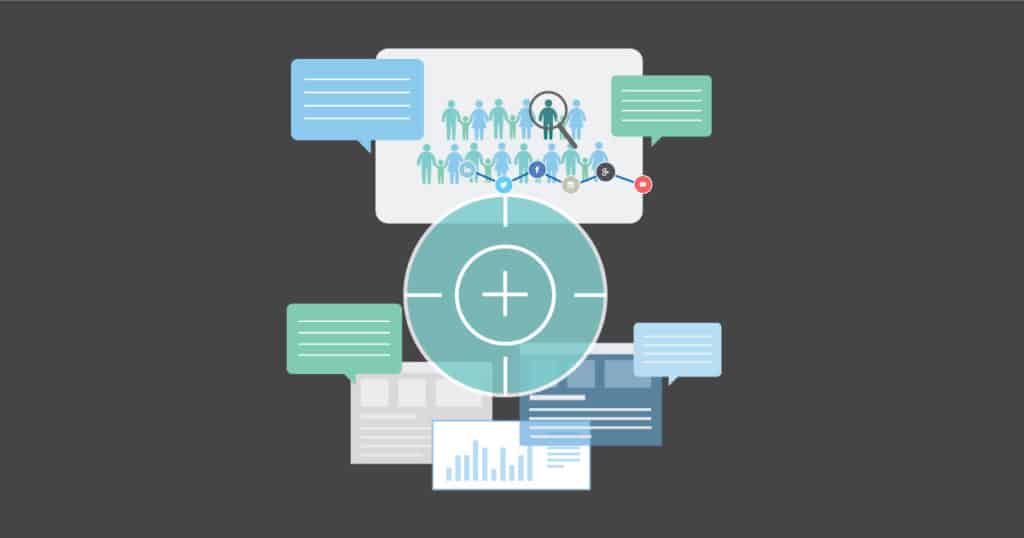
By Monica St Claire
The application of a sociolinguistic lens can glean hidden meanings within seemingly ordinary communications. On the Society of Linguists website, Walt Wolfram, director of the North Carolina Language and Life Project at North Carolina State University said, “We use language to send vital social messages about who we are, where we come from, and who we associate with.” Wolfram says that we can learn much about a person just by their choice of a single word.1
In the area of health communication, linguists identify several specialized languages: the language of the insurance industry, the language of the pharmaceutical industry, that of the patient and the medical language that pervades all of these. Sociolinguistic analysis can help to decipher these languages for each group.
On October 31, Inspire announced our new product line: Inspire Insights Enterprise, composed of research suites Insights Discover and Insights Engage. Previous case studies have featured research done for clients using these research suites. Sociolinguistic analysis is dispersed throughout, complementing and enhancing our quantitative offerings.
Incorporating the patient voice into the drug development process – a specific focus of the FDA – shortens the drug development timeline and reduces amendments ensuring effective clinical trials recruitment and retention. To introduce industry leaders to Inspire’s new research solutions and their importance to clinical R&D, Inspire is hosting What Matters to People Impacted by Rare Disease: An Inspire-FDA Collaboration, a free hour-long webinar led by Sara Ray, Inspire’s Senior Director of Research and linguist. Join us on Thursday November 8 at 2pm ET, 1pm CT and 11am PT. For more information and to sign up, click this link.
This webinar and today’s case study focus on rare disease. In the past, finding patients with rare disease has been extremely difficult. However, this barrier has been somewhat mitigated by the Internet. On Inspire alone, there are over 250k members with rare diseases and over 436k posts. Inspire serves as a support platform for people facing Charcot-Marie-Tooth, Tuberous Sclerosis, Neurofibromatosis, Idiopathic Pulmonary Fibrosis, Medullary Thyroid Cancer, Primary Periodic Paralysis among others.
Using sociolinguistics to structure online social media posts in the rare disease space brought one pharmaceutical executive to Inspire. S/he needed to identify key healthcare provider influencers for a particular rare disease and to understand the “buzz” (and subsequent impact) created by the announcement of a successful clinical trial. Focusing on a major conference, Inspire conducted a customized social listening project called a Strategic Deep Dive. Read more about this case study and review our client solutions here.
Inspire offers a trusted community to patients and caregivers. Our goal with this blog, this website and our content is to provide the life science industry access to the true, authentic patient voice. In so doing, we support faithful operationalization of patient-centricity. Take a look at our case studies, eBooks and news outlet coverage.
References:
1 https://www.linguisticsociety.org/resource/sociolinguistics

